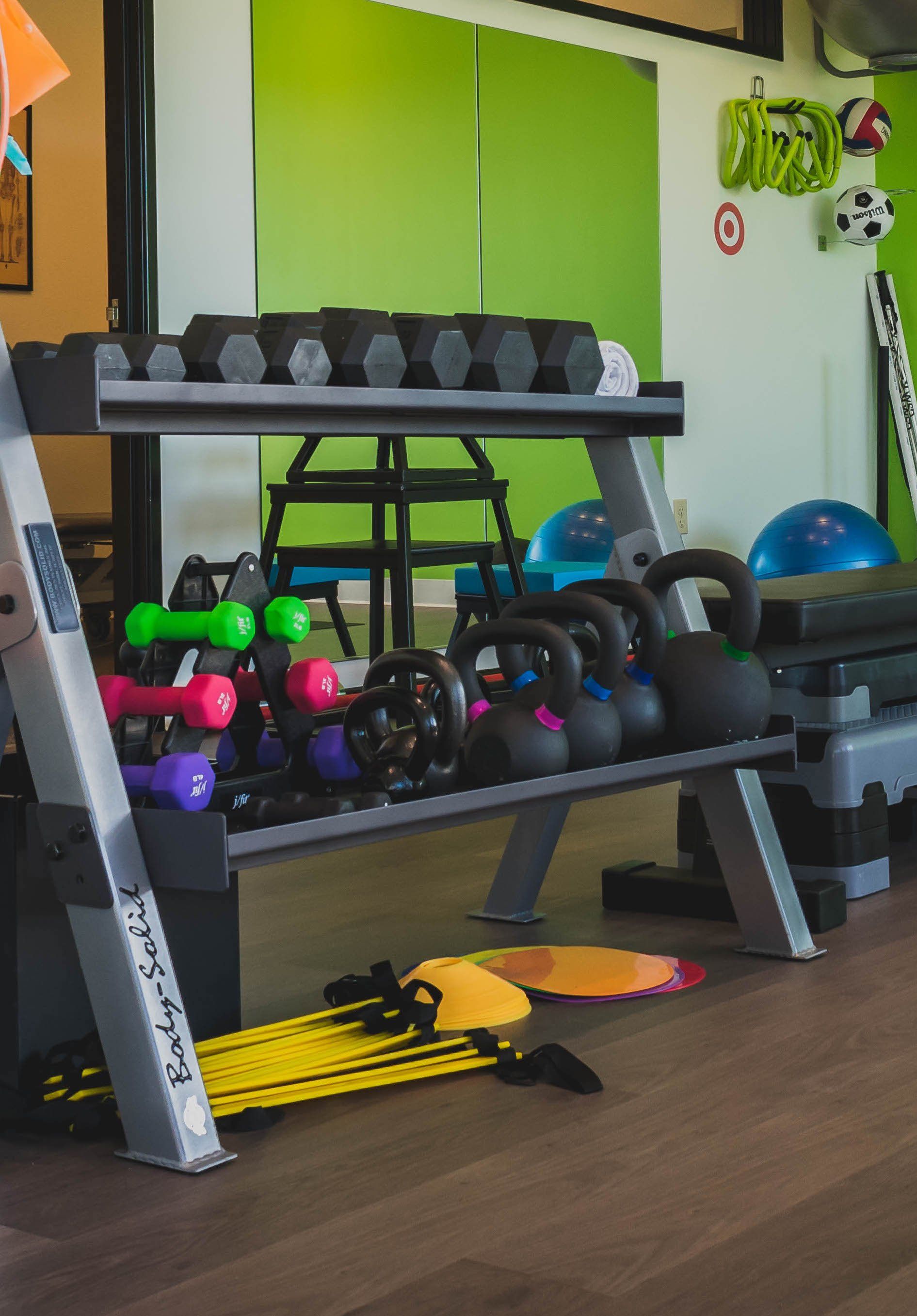Diastasis Recti
Diastasis Recti:
Causes, Symptoms And Treatment For Muscle Separation
Diastasis recti occurs when the connective tissue between the outermost abdominal muscles is stretched too far. When the space between your left and right belly muscles is widened, it causes the belly to stick out. The condition is common among pregnant women, although it can affect anyone: men, women, and even children. If left untreated, diastasis recti can potentially lead to poor core stabilization, pelvic floor dysfunction, and back or pelvic pain.
What Causes Diastasis Recti?
Diastasis recti occurs as a result of stretching; for pregnant women, it’s the product of the pressure on the belly being too much for the muscles in the front to keep their shape. Some of the factors that may make a woman more susceptible to muscle separation include age and multiple pregnancies.
Diastasis recti affects men in instances when weight is gained and lost in a short amount of time or from exercising improperly. Symptoms of muscle separation may include lower back pain, poor posture, constipation, and bladder incontinence.
When Should I Seek Out Diastasis Recti Treatment?
If you have a bulging belly and experience any of the symptoms associated with diastasis recti, it is a good idea to seek out treatment to be properly diagnosed and to heal the issue as efficiently as possible. Physical therapy is a good option to help manage symptoms and improve the function of your body when muscle separation is detected.
How Can Physical Therapy Help With Diastasis Recti?
Your physical therapist will go over your injury history and talk with you about any specific symptoms that you have, when those symptoms began, and how severely they’re affecting your daily life. They may include additional treatment techniques such as:
-
Postural training to help you stabilize your core muscles to maintain proper posture without overusing the abdominal muscles.
-
Custom stretches to target weakened muscle areas that have become overstretched as a result of secondary, overactive and tight muscles.
-
Patient education to ensure that you understand where your pain is coming from and any movements or activities that should be avoided during your recovery.
In instances of pregnancy, a physical therapist can work with you during your pregnancy to strengthen your core muscles to minimize the effects of muscle stretching. If you become aware of your diastasis recti postpartum, your physical therapist will develop a program for you after assessing your core muscles. Your program will be tailored to you and your specific body.
To learn more about diastasis recti or to eliminate any current discomfort, book a physical therapy assessment today.
